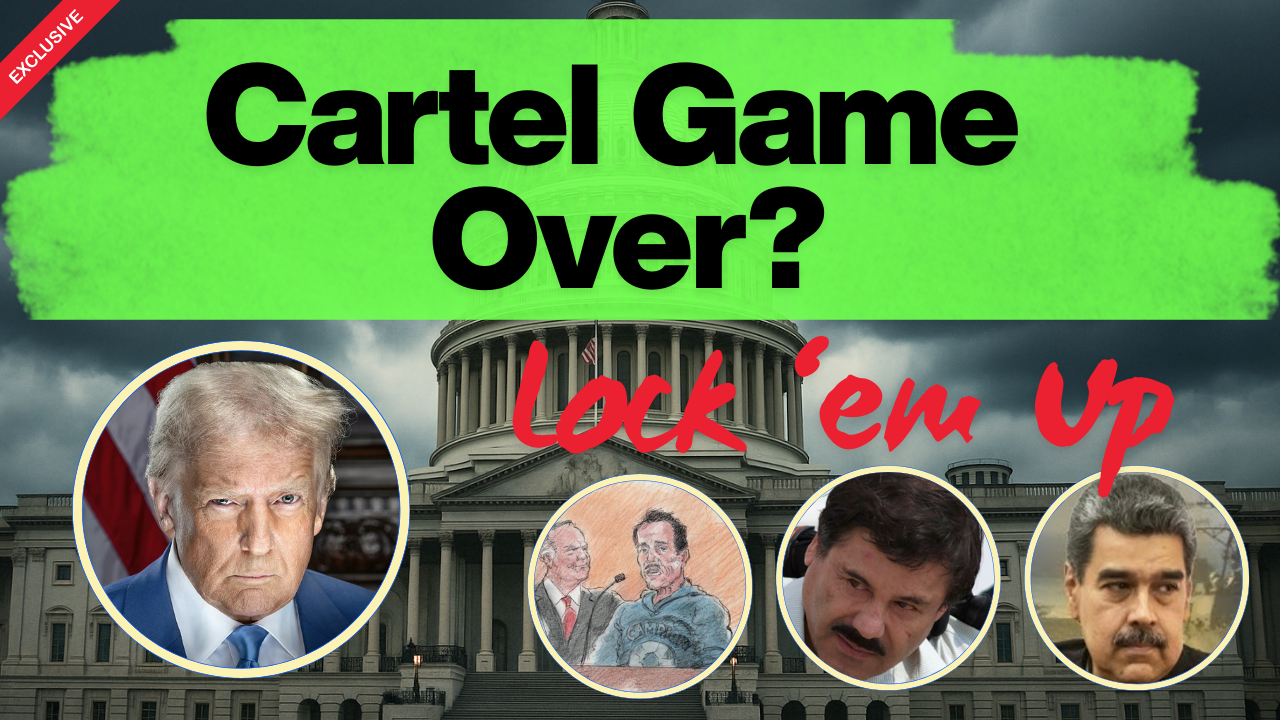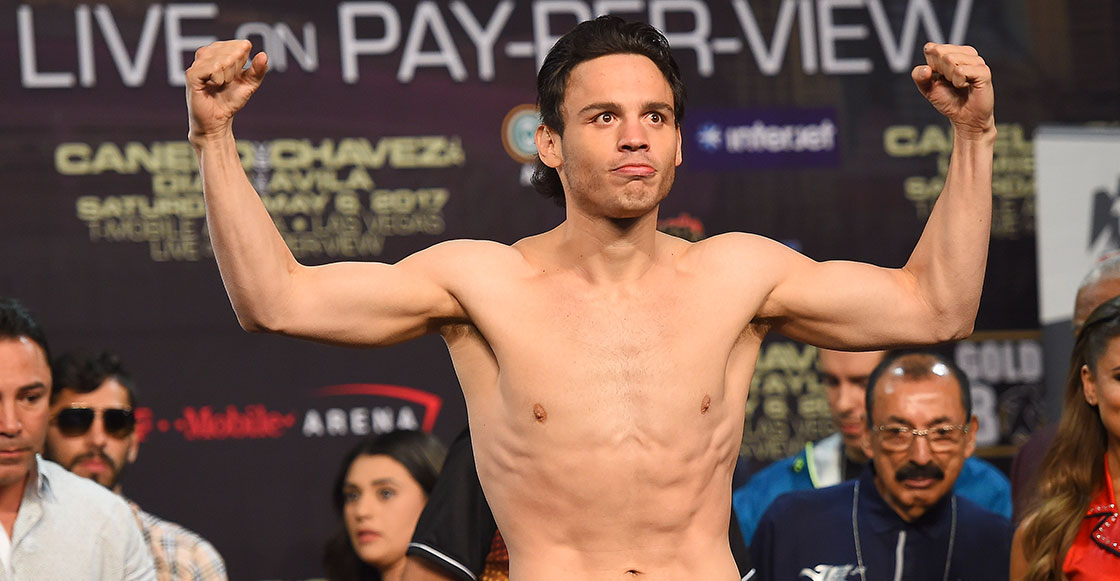Trump’s War on Mexico’s Cartels
Investigative analysis: El Mayo’s guilty plea, Sheinbaum’s tightrope, Chávez Jr.’s conditional release, and the everyday reality of disappearances — and why the White House isn’t waiting for Mexico’s institutions to catch up.
Published: August 27, 2025
I. The Capo Who Finally Broke
For a generation, Ismael “El Mayo” Zambada García was the cartel boss who never sat for a mugshot. Joaquín “El Chapo” Guzmán chased celebrity and landed in a supermax. El Mayo chose quiet power: fewer photos, more leverage, and a river of bribe money that bought time, terrain, and obedience. That aura cracked open in a Brooklyn federal courtroom, where the 76-year-old pleaded guilty to racketeering conspiracy and running a criminal enterprise. In plain English: he admitted the Sinaloa Cartel functioned like a parallel state, purchasing impunity while moving industrial volumes of cocaine and other narcotics.
Zambada’s allocution did more than close a case; it confirmed what many suspected but officials rarely acknowledged outright — that bribery was not incidental, it was systemic. A Washington Post opinion column called the plea “the kind of tremor that could shake Mexico to its core,” precisely because sworn admissions about decades of payoffs force uncomfortable questions: Which police commanders were on payroll? Which judges? Which politicians, and under which administrations? The cartel’s business model was not just guns and routes; it was relationships. El Mayo’s words put that on the record.
Notably, his lawyer emphasized that the capo is not cooperating. Translation: there may be no menu of names, dates, and amounts gift-wrapped for prosecutors in Mexico City. But the lack of a cooperation deal doesn’t erase the political blast radius of a kingpin confirming, under oath, that bribery greased the system for half a century.
II. Follow the Money, Follow the Cover
Bribery at cartel scale doesn’t look like a single envelope across a desk; it looks like layers — municipal, state, federal; patrols diverted here, warrants delayed there; intelligence “lost,” evidence “misplaced,” patrol schedules “revised.” If you charted the Sinaloa Cartel’s logistics across 25 years, you wouldn’t just see smuggling corridors. You’d see zoning decisions, procurement contracts, promotions, and quiet retirements. You’d see an operating system.
In that light, Zambada’s plea reads like a ledger entry for an entire era. It also reframes how to measure progress. Drug war metrics long obsessed over tons seized and weapons recovered. But if bribes bought time, the critical metric is now time lost to corruption — how many investigations stalled, how many witnesses gave up, how many prosecutors moved off cases. The question for Mexico isn’t whether bribery occurred; the capo answered that. The question is who benefited, and who still does.
III. Sheinbaum’s Tightrope: “Investigar… con pruebas”
Pressed about Zambada’s claims, President Claudia Sheinbaum struck a lawyerly line: it would be “good” to investigate, but anchored in formal complaints and evidence, not just the say-so of a convicted criminal. Spanish daily El País noted her emphasis on cooperation with the U.S. while underscoring the need for concrete, name-by-name documentation. The nuance matters. She’s signaling openness to scrutiny without lighting a match to a haystack of rumor and innuendo that could consume her own administration.
The problem is optical and practical. Optically, any delay reads like institutional self-protection. Practically, a serious probe risks implicating figures across multiple governments, parties, and security forces. Either path exacts a price. But the binary is false: the fastest way out is forward — independent special prosecutors, transparent timelines, public reporting, and joint task forces with subpoena power to audit the “gray zone” where security budgets, procurement shops, and political campaigns intersect.
Meanwhile, north of the border, patience is thin. From Washington’s vantage, El Mayo’s sworn admissions are already actionable. The White House increasingly views the cartels not as a policing problem but as political actors whose cash corrodes rule of law. That’s why the policy conversation has drifted from “cooperation” to coercion — extradition leverage, financial seizures, sanctions regimes, and, yes, the live debate over terrorism designations that would unlock tougher tools.
IV. Case Study in Optics: Julio César Chávez Jr.
As Zambada dominated U.S. courtrooms, Mexico watched a different drama: a Sonora judge processed former world champion Julio César Chávez Jr. for alleged ties to organized crime and arms trafficking — and then granted conditional release. The decision is defensible in a system that presumes liberty before trial. It is also the sort of outcome that, fairly or not, feeds a familiar narrative: connections cushion consequences.
Reporting has linked the case’s threads to Sinaloa networks, with a follow-up hearing set for November 24, 2025. Days earlier, U.S. immigration officials circulated video of Chávez Jr. being deported in shackles, a stark visual that contrasts with his ability to train and appear in public under conditions in Mexico. For a U.S. audience already skeptical of Mexico’s “tough on crime” promises, the juxtaposition lands loudly: American agencies act quickly and visibly; Mexican justice, especially with famous defendants, moves carefully and often out of view.
The legal merits will be argued in court. The political impact is decided in minutes, on screens. And politically, this is a gift to advocates of hardline cross-border pressure: if high-profile suspects navigate their way to the sidewalk while cases crawl, U.S. prosecutors will double down on extraditions and asset forfeiture to keep pressure on the system.
V. Ground Truth: The Disappearances Everyone Knows By Name
Beneath the kingpin headlines are stories with no courtroom climax. On August 7, 2025, Lorena Verónica Aguirre Bueno, 56, disappeared in Colonia Los Pinos, Culiacán. Authorities activated the Protocolo Alba — the emergency mechanism for missing women — and asked for tips. Her case is one among thousands that define the daily reality in cartel-touched regions: families searching; leads that go nowhere; the slow, grinding erosion of trust.
If you want to understand the urgency in Washington, start here. Each unresolved disappearance is not just a tragedy; it’s evidence — of fear, of silence, of institutions thinned by corruption or intimidation. When U.S. officials talk about cartels as a national-security issue, they’re not just thinking in seizures and arrests. They’re thinking in legitimacy. A state that cannot protect its citizens cannot promise stability across a shared border.
VI. The Trump Doctrine: No Sanctuary for Parallel Power
Strip away the rhetoric and the through-line is simple: the Trump administration treats the cartels as an alternative power structure — extractive, violent, and politically corrosive — and intends to dismantle it with the same bluntness the U.S. brings to hostile networks elsewhere. What does that look like in practice?
- Legal escalation: Use RICO, conspiracy, obstruction, and money-laundering charges up and down the stack — from lieutenants to lawyers, brokers, and bankers who move and mask money.
- Financial warfare: Seize assets early and often. Kingpins survive prison; empires don’t survive insolvency.
- Extradition as leverage: Make it easier, faster, and broader. If cases languish, move defendants to U.S. courts where timelines are tighter and tools are sharper.
- Designation debate: Keep terrorism designations on the table. Even discussing the option changes risk calculus for financiers and facilitators.
- Operational parity: Tighten joint operations on the border and at sea; target precursor chemical pipelines and the corporate fronts that launder proceeds.
This isn’t diplomacy for its own sake; it’s a results test. If cooperation delivers arrests, convictions, and seizures, it continues. If it doesn’t, expect tariffs, visa restrictions, and targeted sanctions to follow. The political premise is classic right-of-center realism: incentives matter, and states act when costs outweigh comfort.
VII. What We Know — and What We Don’t (Yet)
Known: El Mayo admitted, under oath, that bribery was foundational to how his cartel operated over decades. That moves the debate from rumor to record.
Unknown: Who, specifically, took the money — and whether Mexico’s institutions will pursue those answers beyond press podiums. President Sheinbaum’s insistence on formal evidence is principled on paper. In practice, it must be backed by timelines, filings, and indictments.
Known: High-profile cases like Chávez Jr.’s are stress tests for confidence in the justice system. Pre-trial liberty is a right; impunity is not. The distinction will be judged by thoroughness and speed.
Unknown: Whether the disappearances that haunt cities like Culiacán will be treated as national priorities or as paperwork. If the latter, Washington’s case for harder tools gets stronger by the week.
VIII. The Next 90 Days
- Paper trails: Do Mexican authorities open formal investigations keyed to Zambada’s admissions, with subpoenas and financial audits — or lean on generic statements about cooperation?
- Court tempo: Does the Chávez Jr. case gain evidentiary heft before the late-November review, or does it drift?
- Cross-border playbook: Watch for a fresh wave of U.S. indictments against facilitators — accountants, brokers, logistics managers — who convert narcotics into durable wealth.
Conclusion: No More Deference
El Mayo’s guilty plea doesn’t end a chapter; it starts a reckoning. It forces a choice between two stories: either bribery was a series of isolated lapses — or it was the operating principle. The first story comforts. The second explains reality. The White House is acting as if the second story is true, because the costs of pretending otherwise now spill across the border in overdoses, violence, and institutional decay.
A right-of-center reading of this moment is not complicated: institutions respond to incentives. If cooperation yields names, cases, and seizures, the U.S. will lean in. If not, expect more extraditions, more asset freezes, and less patience. Parallel power only survives when official power lets it. After Brooklyn, that window is closing.
Editor’s note: Quotations and characterizations of public remarks reference mainstream coverage, including a Washington Post opinion column and reporting in El País on President Sheinbaum’s statements.




.png)



